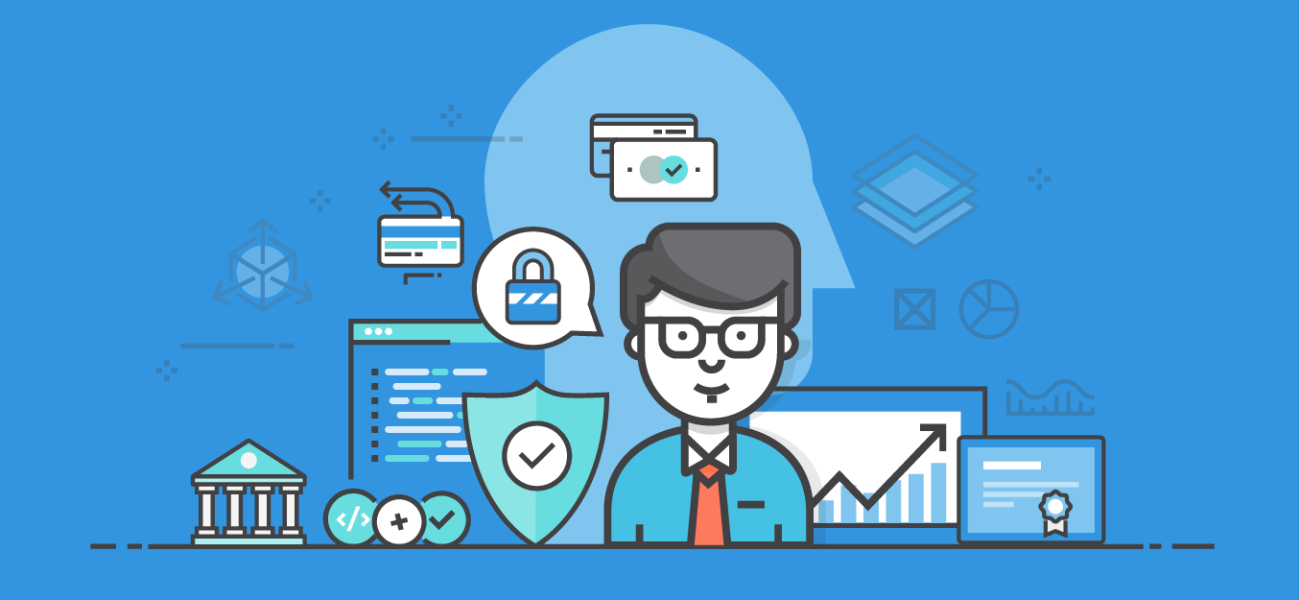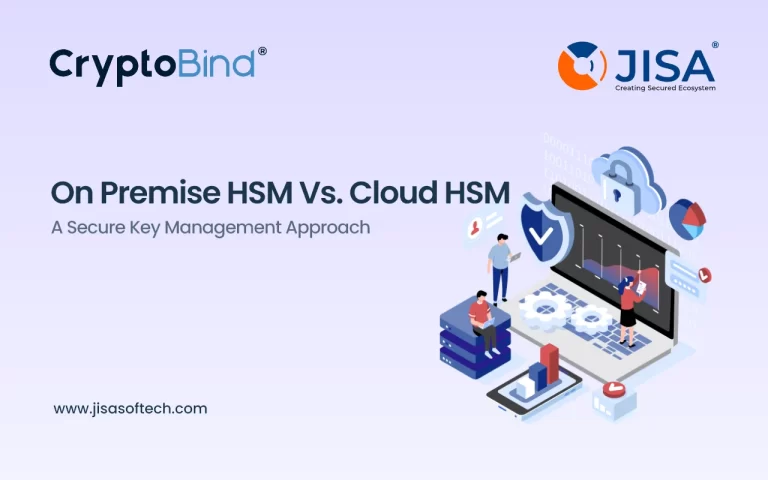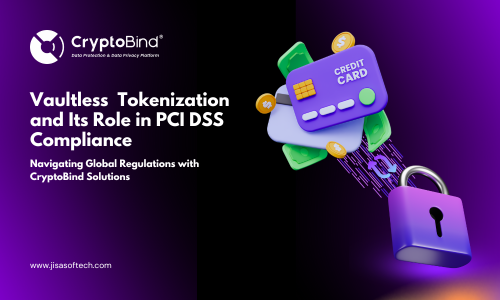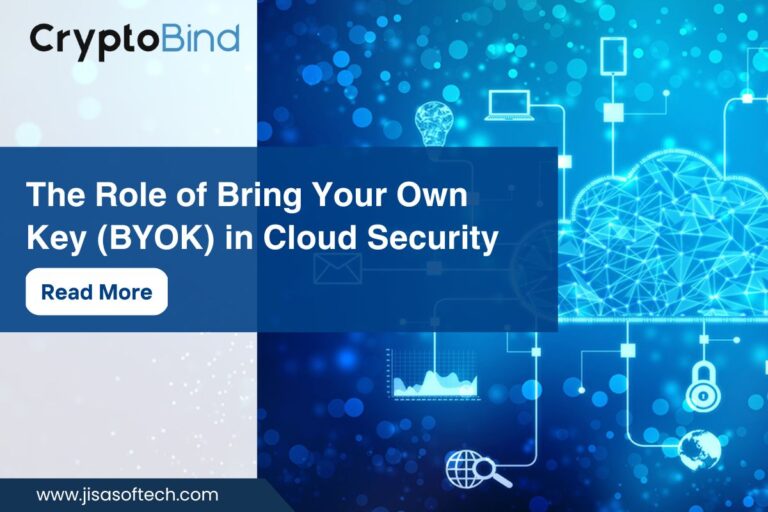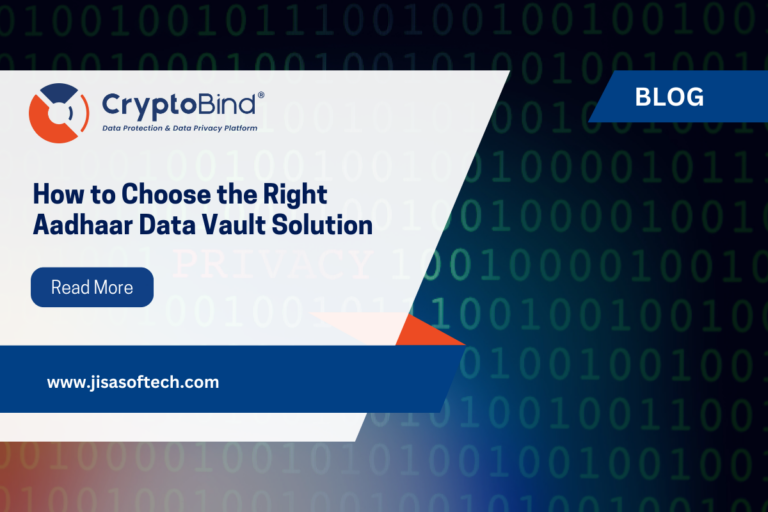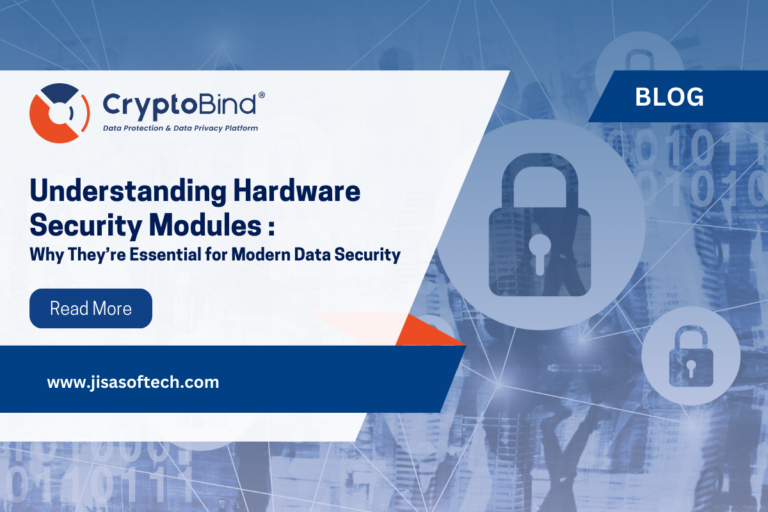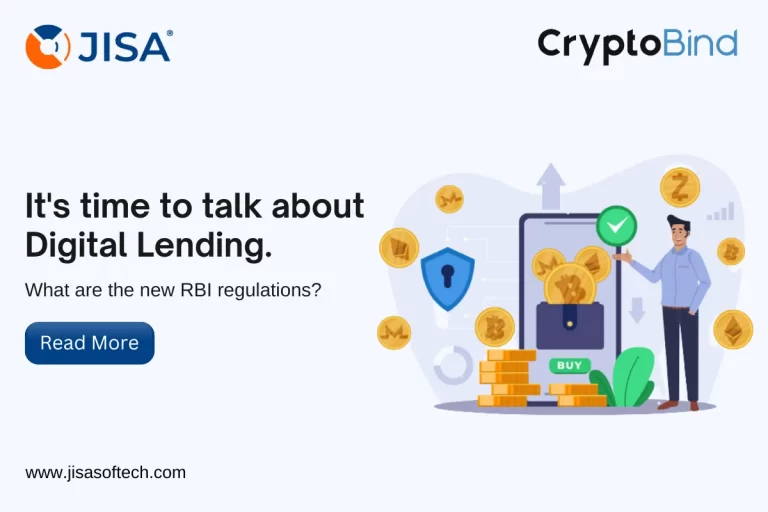Tokenization in a changing security environment
A changing security environment
Security will play a key role in changing the tokenization market landscape. E-commerce and the healthcare industry are driving the need for payment security. As such, cloud deployment is the fastest-growing application in the tokenization market. Organization gain increased scalability, speed, and 24/7 services. It also enhances management capabilities. In particular, Small & Medium-sized Enterprises (SMEs) use cloud deployment. It helps them avoid hardware, software, storage, and technical staff expenses.
Simply put, tokenization is going to completely disrupt the Banking, Financial Services. It will also change Insurance (BFSI), government, retail, healthcare, and IT and telecom. It’s in your best interest to learn about tokenization.
What is tokenization and how does it work?
“The heart of tokenization is the token. A token is, very simply, a piece of data that stands in for another, more valuable piece of information,”
“Tokens have virtually no value on their own – they are only useful because they represent something bigger. A good analogy is a poker chip. Instead of filling a table with wads of cash (which can be easily lost or stolen), players use chips as placeholders. The chips can’t be used as money; they must be exchanged for it after the game.”
“Tokenization works by removing the valuable data from your environment and replacing it with these tokens. Most businesses hold at least some sensitive data within their systems. Data can be credit card data, medical information, Social Security numbers, or anything requiring security and protection. Using tokenization, this data is taken out of your environment entirely. The data is replaced with tokens that are unique to each piece of information.”
Tokens replace a sensitive data element, like primary account number (PAN) data or credit card numbers, national id number, etc. In the data’s place is a non-sensitive equivalent, which is referred to as a token. A token has no extrinsic or exploitable meaning or value.
The reason tokenization has become increasingly popular is because of data breaches. As explained, “if a data thief steals tokenized data, they really haven’t gotten anything but a bunch of useless tokens.” Additionally, tokenization is helping organizations reduce their compliance obligations.
Tokenization in action
What does a token look like? There are two types of token formats: format preserving and non-format preserving. Format-preserving tokens maintain the appearance of the original 16-digit payment card data. For example:
Payment Card Number: 4111 1111 1111 1111
Format Preserving Token: 4111 8765 2345 1111
Non-format preserving tokens do not resemble the original data at all and could include both alpha and numeric characters. For example:
Payment Card Number: 4111 1111 1111 1111
Non-format Preserving Token: 25c92e17-80f6-415f-9d65-7395a32u0223
Most organizations, however, prefer to use a format preserving tokens in order to avoid causing data validation issues with existing applications and business processes.
How exactly do tokens work? There are five steps in credit card processing:
- A credit card is swiped through a POS machine or the numbers are entered manually into an e-commerce site.
- The POS machine or e-commerce site sends the PAN to the credit card tokenization system.
- The tokenization system generates a string of 16 random characters that replace the PAN. It retrieves the associated token and records the correlation in the data vault.
- The token is returned to the POS terminal or commerce site and represents the customer’s credit card in the system.
- If the organization is using a payment processor’s tokenization solution, then the token is sent to the payment processor. They use the same tokenization technology to de-tokenize and view the original credit card number and process payment. If the organization is using a third-party tokenization solution, then the token goes to the third party. They de-tokenize and send it to the payment processor for credit card processing.
What’s the difference between tokenization and encryption?
Tokenization and encryption secure transmitted or stored information. Organizations use tokenization and encryption for their data security strategies. However, there is some significant difference between the two.
Encryption, as defined by Stanford University’s encryption expert, “is the transformation of data into a form unreadable by anyone without a secret decryption key. Its purpose is to ensure privacy by keeping the information hidden from anyone for whom it is not intended. Even those who can see the encrypted data can’t decipher it. One may wish to encrypt files on a hard disk to prevent an intruder from reading them.”
Public-key cryptography increases security. No one needs to see or receive the private keys. The other advantage is to provide digital signatures. However, there are some serious disadvantages to encryption as well. First, data encryption is reversible and can be returned to its original, unencrypted form. Encryption strength is based on the algorithm used to secure the data. A more complex algorithm creates stronger encryption that is more difficult to compromise.
Factors to consider
“Another problem with encryption is that, because it’s reversible, the PCI Security Standards Council and other governing compliance entities still view encrypted data as sensitive data,”. As a result, organizations can expect significant capital expenditure in purchasing solutions to protect this encrypted data. Also, compliance costs can become a huge expense for businesses.
In contrast, tokenization doesn’t have these problems. That’s because tokenization doesn’t rely on encryption to protect data. Rather than securing information through a breakable algorithm, a tokenization system replaces sensitive data. The replacement is a one-to-one-mapped random data within your environment.
The token does not contain the original information. It’s simply a placeholder with no inherent value. Meanwhile, a different location secures the real sensitive information. This includes a secured offsite platform. Therefore, sensitive customer data does not enter or reside within your environment at any time. Simply put, if a hacker breaks into your environment and steals tokens, they end up with nothing valuable.
Numerous benefits
“The primary advantage of tokenization is that it keeps credit card data safe — both from internal and external threats. The payment processor is the only party that is able to decode the token. This security measure is extremely effective at reducing consumer credit card fraud,” states our customer
Tokenization also benefits merchants. They don’t have to invest in as many resources to make your payment infrastructure secure. Instead, your entire system is PCI-compliant because you are not storing financial data. Also, tokenization applies to any type of personally identifiable information(PII). This includes patient records, employee files, usernames, passwords, email addresses, and customer accounts.
Tokenization also works with other types of payments besides credit cards. Tokenization works with cards such as gift cards, NFC payments, ACH transfers, and Apple Pay. Customer data is protected when they send or receive money.
Tokenization can be used to securely store customer’s cards on file so that you can recharge their account. You can also issue refunds and set a recurring payment schedule.
How many credit cards, id cards, health records, etc can a data vault hold?
The data vault is the keystone to the tokenization process. But, what would happen if a merchant takes billions of transactions each year? Would that affect the data vault?
To answer those question you need to understand the difference between single-use tokens and multi-use tokens.
- Single-use tokens represent a single transaction. This means that they process faster than multi-use tokens.
- Multi-use tokens represent the same digit PAN. They can be used for multiple transactions.

